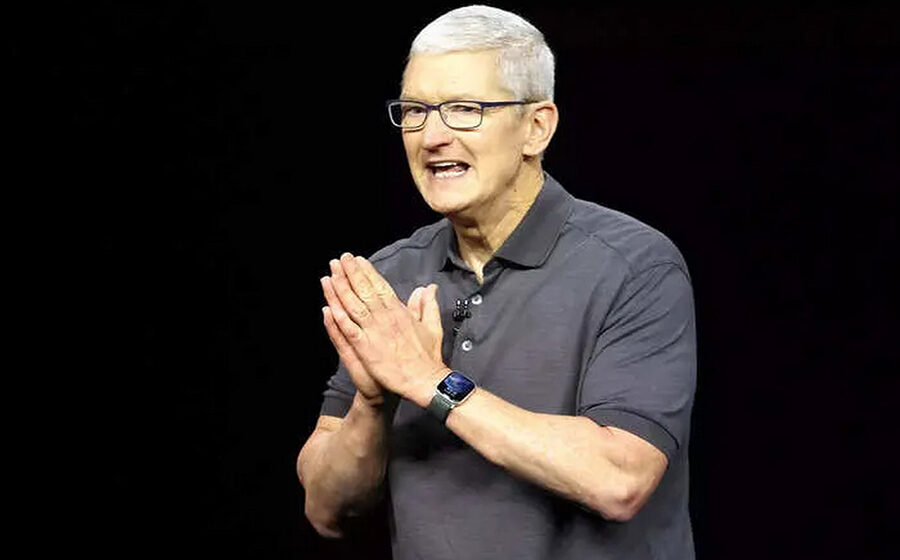In Cupertino, Tim Cook’s leadership at Apple appears to be taking a more serious turn this year, signaling a shift in the company’s direction. The recent layoffs of over 600 employees in California, as reported by filings with the California Employment Development Department and first covered by Bloomberg, underscore this change in approach. While this figure may seem relatively small compared to broader industry trends — with the tech sector shedding nearly 60,000 jobs this year alone — it holds significance for a company like Apple, known for its rarity in making workforce reductions, especially given its sizable workforce of approximately 161,000 full-time employees.
Strategic Restructuring: Streamlining Apple’s Focus
The affected employees include those engaged in costly research-and-development endeavors, such as Apple’s highly secretive electric-vehicle project, terminated in February after accruing annual costs of $1 billion since its inception in 2014. Additionally, an internal initiative aimed at enhancing smartwatch screens using microLED technology also faced cuts. These layoffs, occurring in tandem with the shutdown of these ambitious projects, reflect Cook’s efforts to streamline Apple’s operations and enhance its focus on key strategic priorities.

Challenges on Multiple Fronts: Navigating Turbulent Waters
Tim Cook’s tenure as Apple’s CEO confronts formidable challenges, particularly in light of recent developments impacting the company’s performance. Notably, the iPhone, a cornerstone of Apple’s product lineup, has encountered sales pressures, particularly in vital markets like China. Competitors like Huawei have gained traction with offerings like the Mate 60 Pro, posing a direct challenge to Apple’s market dominance. Data from Counterpoint Research highlights a decline in iPhone sales, indicating the need for Apple to innovate and enhance the appeal of its flagship product.
Future Directions: AI and Mixed Reality
Apple’s strategic roadmap includes initiatives in emerging technologies such as artificial intelligence (AI) and mixed reality. Anticipation surrounds the company’s forthcoming AI announcements, expected to introduce new features aimed at revitalizing the iPhone’s appeal. However, Apple’s secretive approach makes it challenging to gauge the competitive landscape accurately. Meanwhile, the company’s foray into mixed reality, exemplified by the Vision Pro headset, faces hurdles in driving consumer adoption, with questions raised about the availability of compelling applications.

Legal Battles and Regulatory Scrutiny: Navigating Complex Legal Terrain
In addition to product-related challenges, Apple grapples with significant legal battles and regulatory scrutiny. The US Justice Department’s antitrust lawsuit alleges monopolistic practices in the smartphone market, while EU regulators seek compliance with stringent regulations governing digital platforms. These legal and regulatory headwinds underscore the complexities of operating in a highly regulated environment, necessitating strategic agility and proactive engagement with stakeholders.
Charting a Course Forward: Tim Cook’s Leadership Imperative
Amidst these challenges, Tim Cook faces a pivotal moment in steering Apple towards sustainable growth and resilience. The recent layoffs and strategic realignment reflect Cook’s commitment to enhancing operational efficiency and refocusing on core priorities. As Apple navigates a rapidly evolving landscape, characterized by technological innovation and regulatory scrutiny, Cook’s leadership will play a critical role in shaping the company’s trajectory and ensuring its continued success in the global marketplace.





